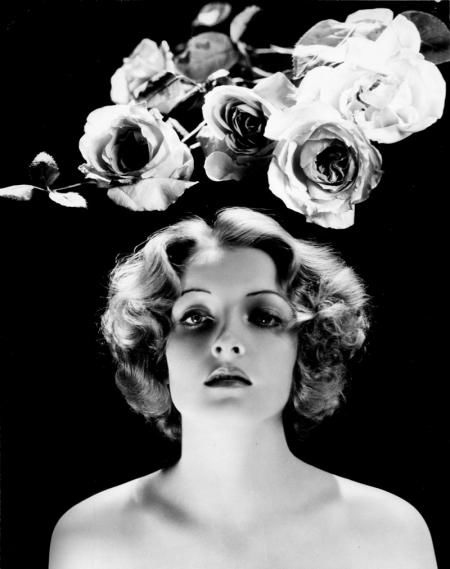In this photography class we looked at types of lighting and how they are used in certain photographs. One common method of lighting is called the 3 point lighting. The 3 point light method uses three lights; the key light, main light and the brightest, which shines directly onto the subject, a fill light which less bright and fills in the shadows created by the key light, and then the back light which aluminates the back of the subject and separates them from the background.
Types of Lights used for Films and Photoshoots:
- Fresnel lights: Uses fresnel lenses, produces wide, hard light with soft edges.
- Florescent lights: Produce soft an even light when in close proximity to subject, cool lights, often inexpensive, but fragile.
- LED Lights: Cheap, cool, low cost, but with unreliable shadows and colours.
- Incandescent lights: Very hot, produces warm yellow light.
- HMI’s: Massive lights, very hot and bright, used to simulate daylight
Low key lighting:
- Low key lighting is used in Noir films and horror films
- Chiaroscuro – strong contrast between light and dark
- Used for dramatic portraits, creates depth and mystery
- “The Killing” (1956) uses low key lighting in this scene.

High key lighting:
- Used for food photography
- Creates clinical look in photos and films, very clear photos.
- Sci-Fi and fantasy films often use high key lighting.
- The subject has to be closer to the lights than the backdrop
- Draws attention to subjects eyes and hair

We examined the use of lighting in 1930’s Hollywood films and photographs, and the difference between how women were lit and how men were lit. We were shown an example of difference in lighting for men and women from the 1939 film “Only Angels Have wings”, were the women are filmed with strong key lights and fill lights, whereas the men has more shadows. This could be so imply that the women are more pure and innocent, whereas the men are more mysterious. During emotional scenes, this could men being lit sombrely could suggest that they must hide then emotions, whereas women can be openly emotional.
We were then shown photographs by Cecil Beaton, who used the same lighting technique to convey femininity and masculinity:

Women were often well lit in his images, with frail, delicate props like leaves or flowers to make the subject appear delicate by association. Back lights were also used in his portraits of women, to create a halo effect around the subject that makes them look angelic.

Men were often lit with one light, creating bold shadows on their faces. Men would also sit or stand certain stances that conveyed confidence and strength.
Our task was to research photographers that conform and transgress feminine and masculine lighting setups, then create two images; one that conformed to the lighting techniques that would have been used for your subject, and lighting that did not conform to the gendered structure.
Whilst researching photographers, I came across Tim Walker, who used typically feminine lighting for his picture of Tilda Swinton (Xilitla, Mexico, W Magazine, May 2013). She is lit with bright, high key lighting, and posed with flowers to highlight her femininity.

Tim Walker’s photograph of Cillian Murphy (London, UK, November 2017) uses masculine lighting, only one key light is used and it is creating harsh shadows along the subjects face. Also the use of a dark background and having the subject wear dark clothing creates a more masculine photograph.

However, I also found photographers like Iris Ray, who use similar lighting in most of her photographs, regardless of the gender of her subjects. In these photograph, a male is surrounded by bright colours, and lit so there are no dark shadows on his face to imply he is a mysterious masculine subject. In the second photo, the subject is posing with a flower, which was previously only used in female portraits, suggesting that Iris Ray is pushing the boundaries of gender within her work.


After researching how lighting is used to convey gender, I took a photoshoot with my subject and used lighting to convey masculinity and femininity:

Masculine Photograph:

Feedback:
- The image looks like its part of a music video.
- Burgundy and red colours give the image cohesiveness and make the image more dark and masculine.
- If you were to reshoot it, it could be interesting to zoom in on the face, and have the face framed by the books, focussing on the linear pattern created by the books in the background.
Feminine Photograph:

Feedback:
- The photo isn’t extremely feminine, well light compared to masculine photograph.
- The subject looks primal and powerful because he is surrounded by nature.
- Use of nature links to femininity because lots of portraits of females feature flowers, to emphasises the subject’s fragility and delicate nature.